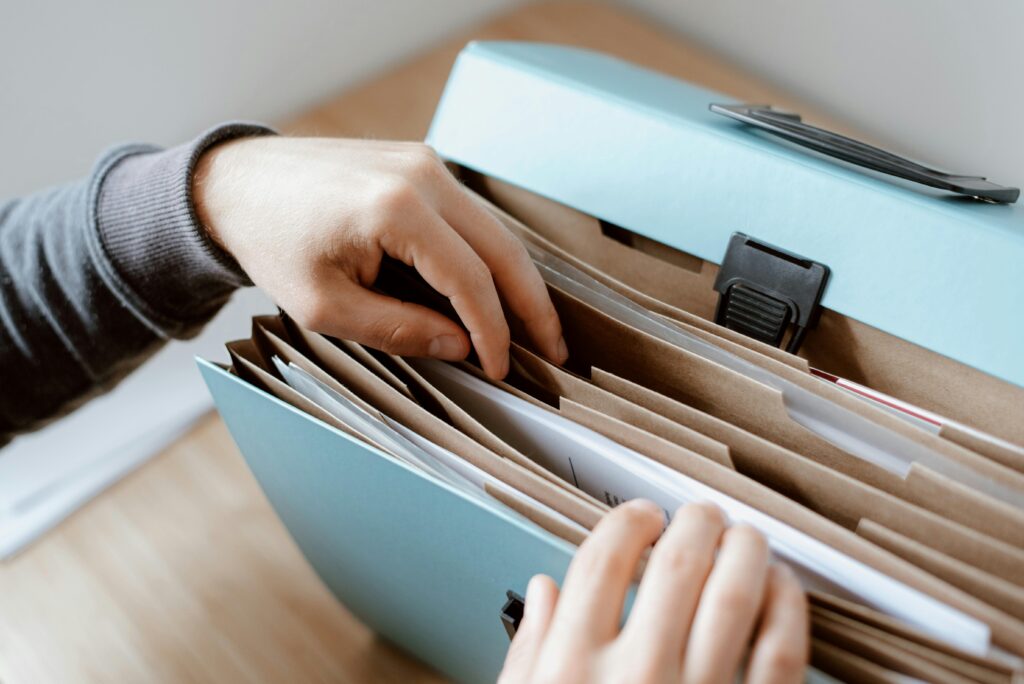So, you’ve registered for GST (Goods and Services Tax) in New Zealand, and now you’re wondering what the heck zero-rated supplies even mean. You’ve heard terms like zero GST on exports , GST at 0 percent and maybe even compulsory zero rating—but how does it all fit into your GST return?
If you’re dealing with the export of goods, international services, or selling to non-resident customers, understanding the tax treatment of zero-rated transactions is key to staying on top of your GST compliance. It also means knowing the difference between exempt supplies and taxable supplies, and when to claim an input tax credit or record output tax.
We’ll also cover juicy stuff like duty-free goods, financial services under GST, and how to provide the right evidence of export. Oh, and if you’re involved in a land transaction—yep, that’s here too.
Let’s dive in.
Understanding Zero-Rated GST vs. No GST vs. Exempt
What does Zero-Rated GST mean?
Let’s keep it simple: zero-rated GST means the transaction is subject to GST—but it’s taxed at 0%. Yep, you still need to issue a tax invoice, include it in your GST return, and keep your paperwork tidy for the IRD (Inland Revenue Department). The sweet part? You can still claim input tax credits even though you didn’t charge any GST.
It’s not like your usual 15% GST gig. You’re still playing by the GST rules, just without collecting any tax. Examples?
- Selling duty-free goods at the airport
- Shipping NZ-made honey to a UK customer
- Providing web design services to a US-based client
All of these are zero-rated supplies—still in the GST system, just taxed at 0%.
Clarifying ‘No GST’ and ‘Exempt’
Here’s where most people get tripped up.
Exempt supplies: No GST charged, and you can’t claim GST on related costs. Think residential rent, life insurance, or some financial services. These are GST exemptions. You’re out of the game when it comes to input tax credits.
No GST: The transaction isn’t even part of the GST world. For example, paying wages to your staff? That’s no GST. Selling second-hand items as a hobby, not a business? Still no GST.
⚠️ Calling something “zero-rated” when it’s actually exempt or no GST can cause headaches with the IRD. The tax treatment is totally different, so it pays to get it right.
Common Zero-Rated transaction types
Exported Goods and Services
If you’re sending products or services outside of New Zealand, chances are they qualify as zero-rated GST. Why? Because the goods are leaving the country, and the non-resident customer isn’t consuming them here. It’s a win-win—you charge GST at 0 percent, and still get to claim those juicy input tax credits.
But don’t get too relaxed—you’ll need solid evidence of export. That means invoices, shipping docs, contracts, and proof the goods actually left NZ. If you can’t prove it? Sorry, the IRD won’t play nice.
Duty-Free and Certain Financial Services
You know those shops at the airport where you buy chocolate and perfume with no tax? Yep—duty-free goods are usually zero-rated too.
As for financial services under GST, it gets trickier. Some transactions—like certain life insurance policies or trading securities—can be zero-rated if the client is offshore. But many are just exempt, so tread carefully here.

Land Transactions (Compulsory Zero-Rating)
Buying or selling land between GST-registered parties? That’s where compulsory zero rating kicks in.
The IRD doesn’t want GST floating around unnecessarily, so land deals—especially commercial or large-scale ones—are often zero-rated by law. But get the contract wording right, or things can get messy (and expensive).
Internet Sales to Overseas Customers
Running an online store? Online creator ? Selling to non-resident customers? You might be able to apply zero GST on exports NZ—even if it’s a digital service or download.
Just make sure you’ve got the right GST registration, and solid documentation showing the buyer’s location. That means IP address, billing address, email trail—you get the idea. The IRD wants proof the sale really happened overseas.
Record-Keeping and compliance
Let’s be real: if you want to stay on the IRD’s good side, you’ve got to keep your paperwork tight. Claiming zero-rated GST is great, but if you can’t prove it, the IRD won’t hesitate to hit you with questions—or worse, penalties.
Documentation Essentials
You can’t just say, “Trust me, it was an export.” You’ve got to show it. Here’s what you need on file:
| Document Type | Purpose |
|---|---|
| Tax Invoice | Proves a GST transaction occurred |
| Proof of Shipment | Shows goods physically left New Zealand |
| Contracts or Agreements | Confirms the deal terms with the non-resident customer |
| Payment Evidence | Backs up the transaction with financial records |
Keep everything tidy and digital if possible—you never know when you’ll need to pull it up fast.
Common Pitfalls
- Misclassifying a sale as zero-rated when it’s actually exempt? That’s a classic mistake.
- Missing deadlines for your GST return? That can mess with your input tax credit claims and trigger red flags.
Bottom line? Get organised, get the docs right, and file on time. Your future self will thank you.

Practical scenarios & examples
Still not sure how zero-rated GST NZ plays out in real life? Here are a few quick-fire examples to make it click:
- A New Zealand honey exporter ships a bulk order to a UK distributor — zero-rated with proper export docs.
- A GST-registered farmer sells farmland to another registered buyer — compulsory zero-rating applies to the land transaction.
- A Kiwi web designer builds a website for a US-based client — international service, zero-rated if the client’s offshore.
- A business sells physical products online to Australian customers — cross-border transaction, can be zero-rated with proof of overseas delivery.
- Duty-free store sells perfume to a tourist leaving NZ — zero-rated supply at the airport.
Real GST wins. Just don’t forget the paperwork.
Is Zero-Rated really tax-exempt?
Short answer? Nope. Zero-rated isn’t the same as tax-exempt. It just means the transaction is still part of the GST (Goods and Services Tax) system but taxed at 0%. You still include it in your GST return and can claim input tax credits—unlike exempt supplies, which stay completely out of the GST game.
Conclusion
Getting zero-rated GST right can save you money and stress. But mixing it up with no GST or exempt supplies? That’s where things go sideways. Understanding the differences means better compliance, cleaner books, and fewer IRD headaches. Not sure where you stand? Chat with a pro accountant—it’s worth it.
Disclaimer
This article is for information only—not legal, financial, or tax advice. Every business is different, and rules change, so don’t make major decisions based on what you read here. If you’re unsure, talk to a professional—it’s cheaper than fixing a costly mistake later.
